Data Loss Prevention (DLP) solutions help organizations protect sensitive data against unauthorized access and data breaches, employing various technologies to monitor and manage data flow within a network.
These systems significantly reduce the risk of data leaks by identifying, monitoring, and controlling data across multiple platforms and environments. DLP solutions offer encryption, access controls, and real-time monitoring features, allowing businesses to maintain compliance with regulatory requirements and safeguard confidential information. Among the leading solutions are those that integrate seamlessly with existing IT infrastructures, providing comprehensive coverage without impeding operational efficiency.
What are the critical features of DLP solutions?DLP solutions are implemented across finance, healthcare, and government sectors, where data integrity and privacy are paramount. In finance, they help safeguard client data and comply with financial regulations. Healthcare organizations rely on DLP to protect patient records and ensure HIPAA compliance, while government agencies use DLP to secure classified information against unauthorized access.
Data Loss Prevention solutions are invaluable tools for organizations aiming to protect their sensitive information. By implementing comprehensive DLP strategies, companies can better manage data security risks, maintain compliance, and ensure that sensitive information remains secure across all digital platforms.







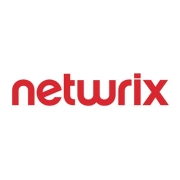

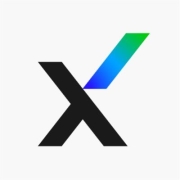

















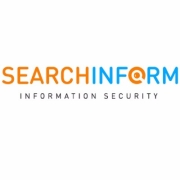








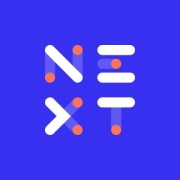


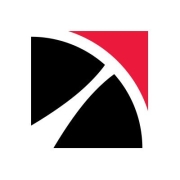




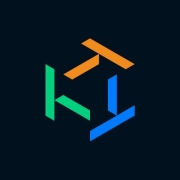
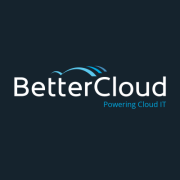







































The terms “data leak” and “data loss” are often used interchangeably. However, while data loss prevention focuses on the prevention of data being lost or stolen by someone outside of the organization, data leakage includes the risk of data flowing between your organization’s critical systems, such as human resources or CRM. When data is leaked, it is not necessarily lost.
Other associated terms include information leak prevention (ILP), information leak detection and prevention (ILDP), information protection and control (IPC), content monitoring and filtering (CMF), and extrusion prevention system (EPS).
There are three types of data loss prevention (DLP):
Data loss prevention (DLP) tools monitor, detect, and block the transmission of sensitive data while it is in use, in motion, and at rest, in order to ensure that your organization’s data is not misused, accessed by unauthorized users, or lost (inadvertently or maliciously). They do this by providing visibility into your company’s data landscape, its patterns of utilization, and correlations with other enterprise systems, instituting measures to ensure that your company has consistent access to all of its data and to ensure that data’s integrity.
Data Loss Prevention (DLP) solutions protect sensitive information in emails by scanning outgoing messages for confidential data patterns such as social security numbers or financial information. You can set policies that automatically block, quarantine, or encrypt emails containing sensitive content before they leave your organization. This technology reduces the risk of accidental or malicious data leaks while ensuring compliance with data protection regulations.
What role does DLP play in cloud security?DLP solutions play a crucial role in cloud security by ensuring that sensitive data is protected when stored or transmitted in cloud environments. These solutions monitor data movements across cloud services and apply predefined policies to prevent unauthorized access or sharing. This capability is vital as more businesses adopt cloud computing, allowing you to maintain data integrity and comply with industry standards regardless of where the data resides.
Why is endpoint DLP important for businesses?Endpoint Data Loss Prevention is essential for businesses because it extends data protection measures to individual devices like laptops, desktops, and mobile phones. By focusing on endpoints, you can monitor and control data usage on devices that access sensitive information. This capability mitigates risks associated with data transfers to portable storage devices, prevents unauthorized apps from accessing data, and ensures compliance with data security policies even outside the central network.
How can DLP support compliance with data protection regulations?DLP solutions support compliance with data protection regulations such as GDPR or HIPAA by providing the tools necessary to track, manage, and protect sensitive data. You can configure DLP policies to align with regulatory requirements, ensuring that data protection measures are applied consistently. These policies help prevent unauthorized data sharing and aid in the documentation of data handling practices, audits, and reporting required by regulators.
What are the challenges of implementing DLP?Implementing DLP solutions can present challenges such as complex policy setup, potential impact on network performance, and ensuring comprehensive coverage across all data touchpoints. You may face difficulties in identifying where sensitive data resides, deciding on the appropriate level of access control, and maintaining up-to-date policies as new threats and compliance requirements emerge. Addressing these challenges requires a strategic approach with ongoing assessments and adjustments to your DLP implementation.